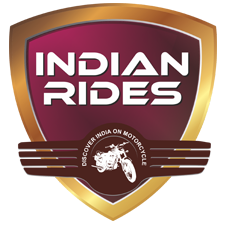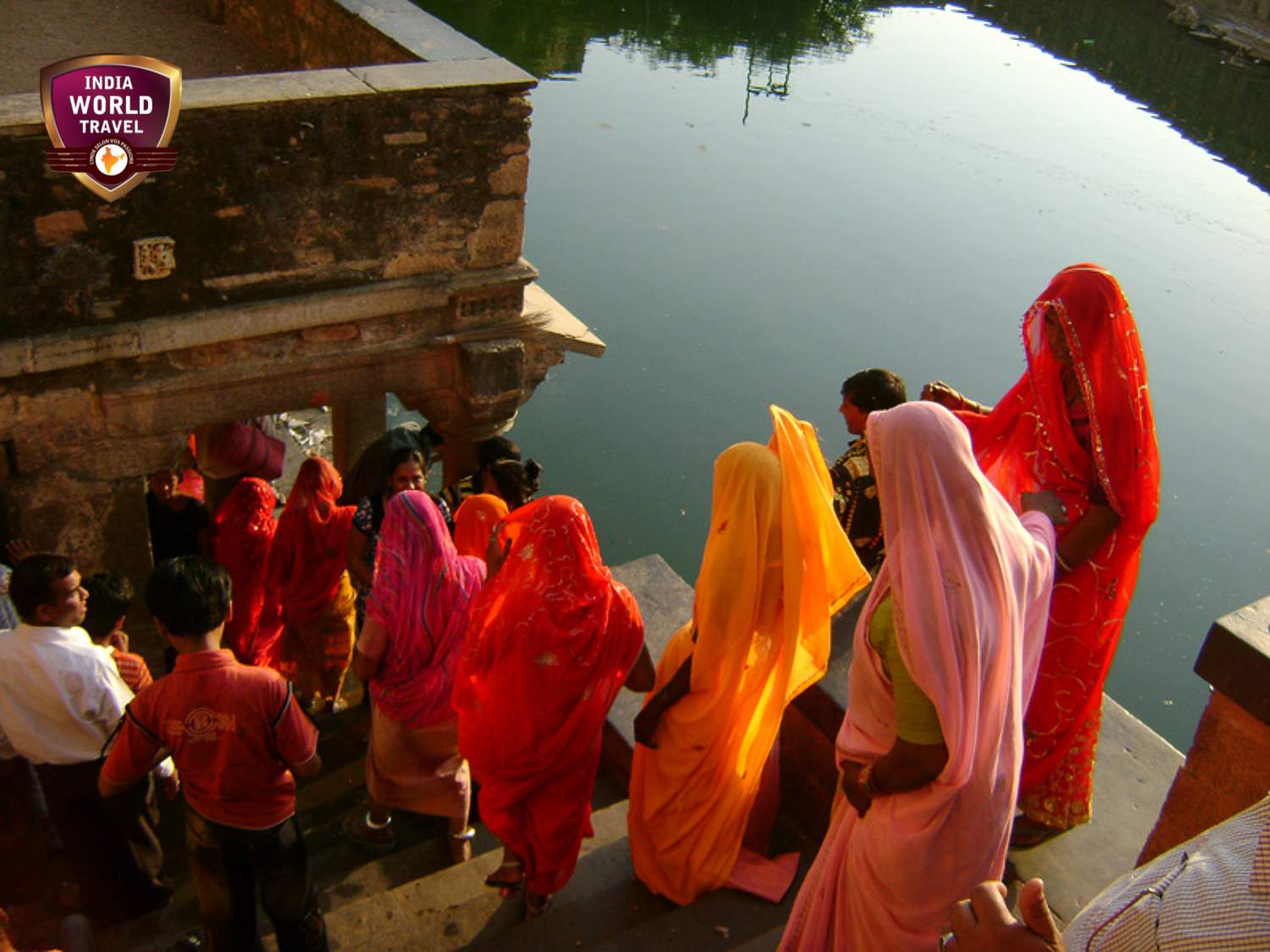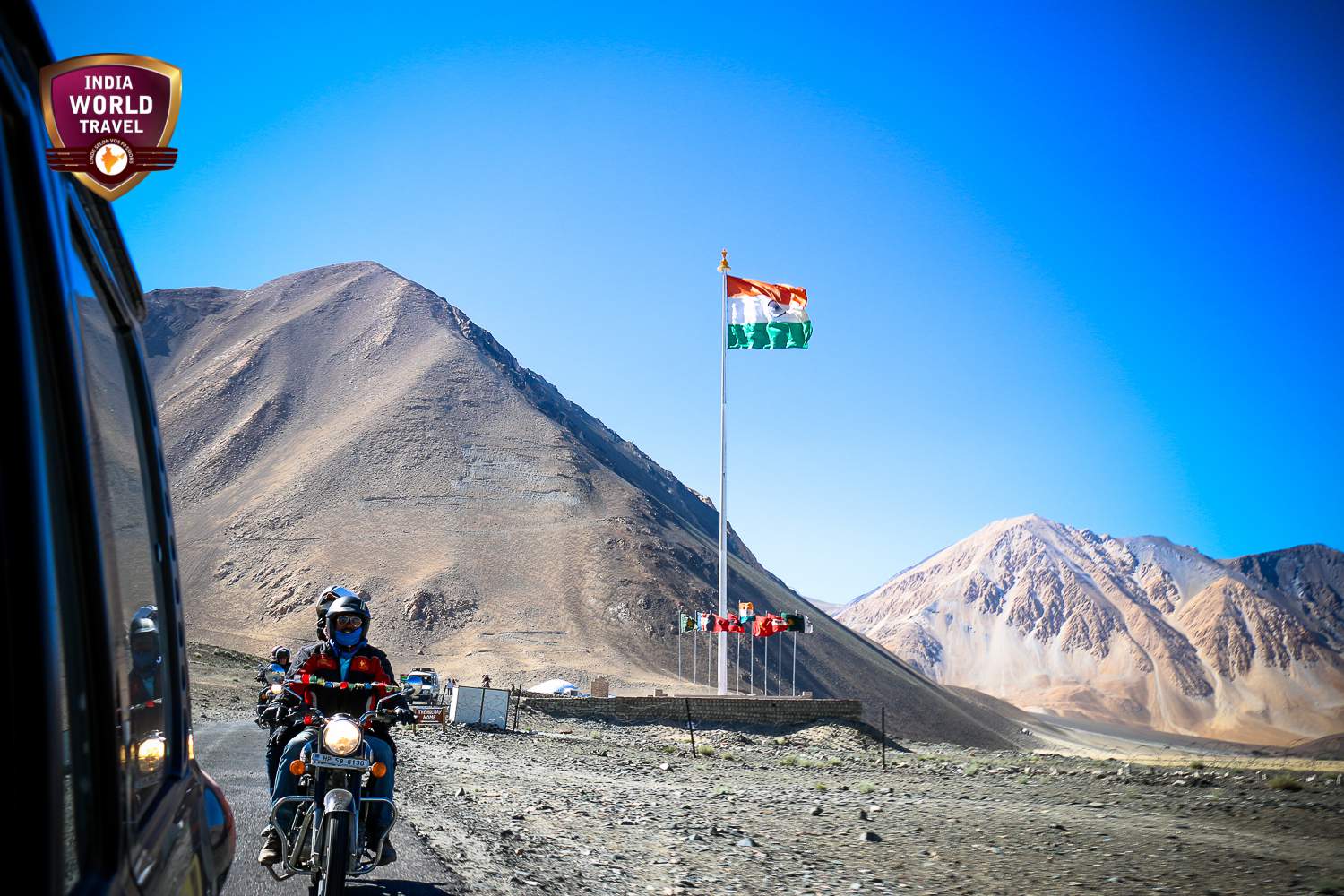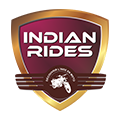Land of Incredible India!
This is a part of the series:- Why You Should Travel To India Atleast Once In Your Lifetime.
This article post will cover the Geographical Area of India with the history.
The name India is derived from Indus, which is derived from the Old Persian word Hindu, from Sanskrit Sindhu, the historic local appellation for the Indus River.
India is a unique country as it is easily accessible to other parts of Asia, Africa, Europe and Americas. Its cultural influences have crossed its border from time immemorial and reached far off lands. It acts as a bridge head between developed and developing countries of the world and between the East and the West. India’s strength lies in its geography as much as in its culture. Since the opening of the Suez Canal in 1869, distance between India and Europe has been reduced by 7000 km’s. India enjoys a favorable ocean routes from East and South-East Asia and Australia to Africa and Europe pass through Indian Ocean. India is connected with the Cape of Good Hope and the Suez Canal. India can also reach Canada and the USA through the Strait of Malacca after crossing the Pacific Ocean.
India has an area of 3,287,240 sq. km. It is the seventh largest country of the world after Russia (1,70,75,000 sq. km), Canada (99,76,132 sq. km), China (99,76,132 sq. km), the U.S.A. (90,72,340 sq. km), Brazil (85,11,965 sq. km) and Australia (76,82,300 sq. km). The country is situated north of the equator between 8°4′ and 37°6′ north latitude and 68°7′ and 97°25′ east longitude.
One-third the area of the United States, the Republic of India occupies most of the subcontinent of India in southern Asia. It borders on China in the northeast. Other neighbors are Pakistan on the west, Nepal and Bhutan on the north, and Burma and Bangladesh on the east.
The country can be divided into three distinct geographic regions: the Himalayan region in the north, which contains some of the highest mountains in the world, the Gangetic Plain, and the plateau region in the south and central part. Its three great river systems—the Ganges, the Indus, and the Brahmaputra—have extensive deltas and all rise in the Himalayas.
Physical Boundaries :- The sub-continent is isolated in a remarkable way from the rest of Asia, making it a geographical unit. For example, barring the plateau of Baluchistan the two great ranges, namely, the Sulaiman and the Kirthar, cut it off from the west. Along the North the great mountains wall formed by the Hindu Kush, Karakoram and the Himalayas, cut it off the countries that lie beyond as the mountains are very high and difficult to cross. Similarly, the Southward offshoots of the Eastern Himalayas separate it from Burma.
India is divided into twenty eight states (further subdivided into districts) and seven union territories.
India Facts:-
Longest River Ganga
Largest Lake Lake Chilka
Highest Point Mt. K2 (8611 m)
Highest Point of Himalaya Kanchan Junga (8,598 m)
Lowest Point Kuttanad (-2.2 m)
Northernmost Point Siachen Glacier near Karakoram
Southernmost Point Indira Point, Great Nicobar,
Andaman & Nicobar Islands
Southernmost Point of India (Mainland) Cape Comorin (Kanya Kumari)
Westernmost Point West of Ghuar Mota, Gujarat
Easternmost Point Kibithu, Arunachal Pradesh
Highest Altitude Kanchenjunga, Sikkim
Lowest Altitude Kuttanad (Kerala)
Climate
India majorly have three main seasons: Monsoon, Summer and Winter.
Monsoon June to October, There are mainly two types of monsoon pattern : the Southwest mountain ( June to October) and North east mounatin from (October to December).
Summers : April to June
Winters : October to March
Photo Credit:- Indian Rides on Flickr




![[ VOYAGE MOTO AU GUJARAT]
Une expérience hors des sentiers battus à moto
📆 Prochain départ du 16 Dec 29 Dec 2024
🕧 Durée : 16 jours
Plus d'infos, ici 👉 https://rb.gy/y8fbpg
#IndianRides #Gujarat #offbeatTravel #Voyage #moto #AventureMoto #MotoInde #VoyageMoto #IndianEscape #IndianExperience #Inde #IndiaTravelgram #Travelling #Traveling #Traveladdict #voyageaventure #passionvoyage #voyagerloin #voyager](https://www.indianrides.com/motorcycle-tour-blog/wp-content/plugins/instagram-feed/img/placeholder.png)
